IGeS World at Ostia Antica Archeological site
Cultural Heritage: restoration and consolidation
- 30 May 2019
- Posted by: iges
- Category: engineering, Infrastructure
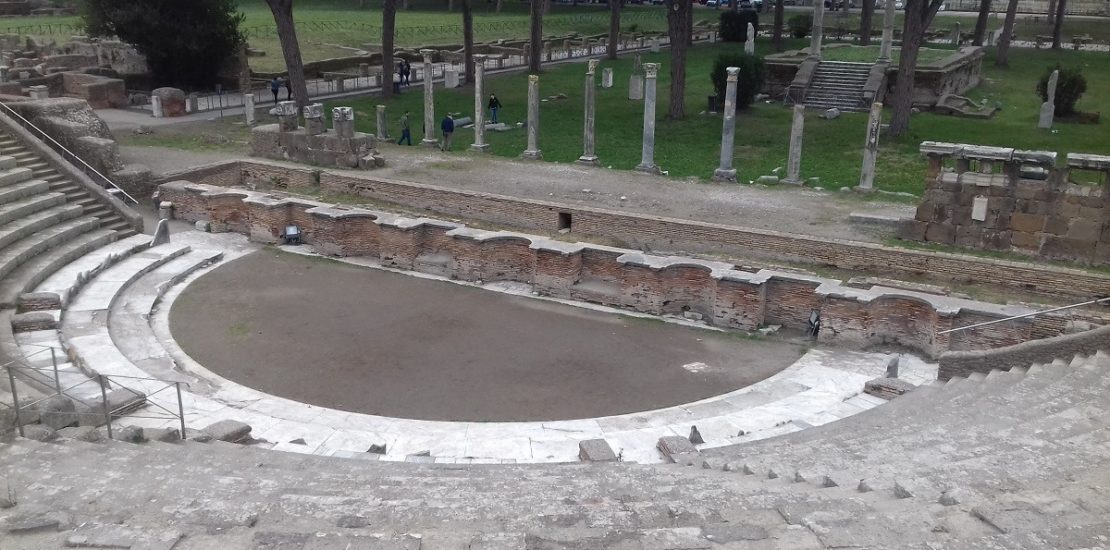
IGeS World is working at the Roman Theater in the Ostia Antica Archeological site – Rome – Italy
IGeS World has been selected to carry out the structural analysis and the planning of seismic improvement interventions at the Roman Theater, archaeological sites, museums and offices of Ostia Antica Archaeological site; it includes adaptation works and temporary securing of the structures.
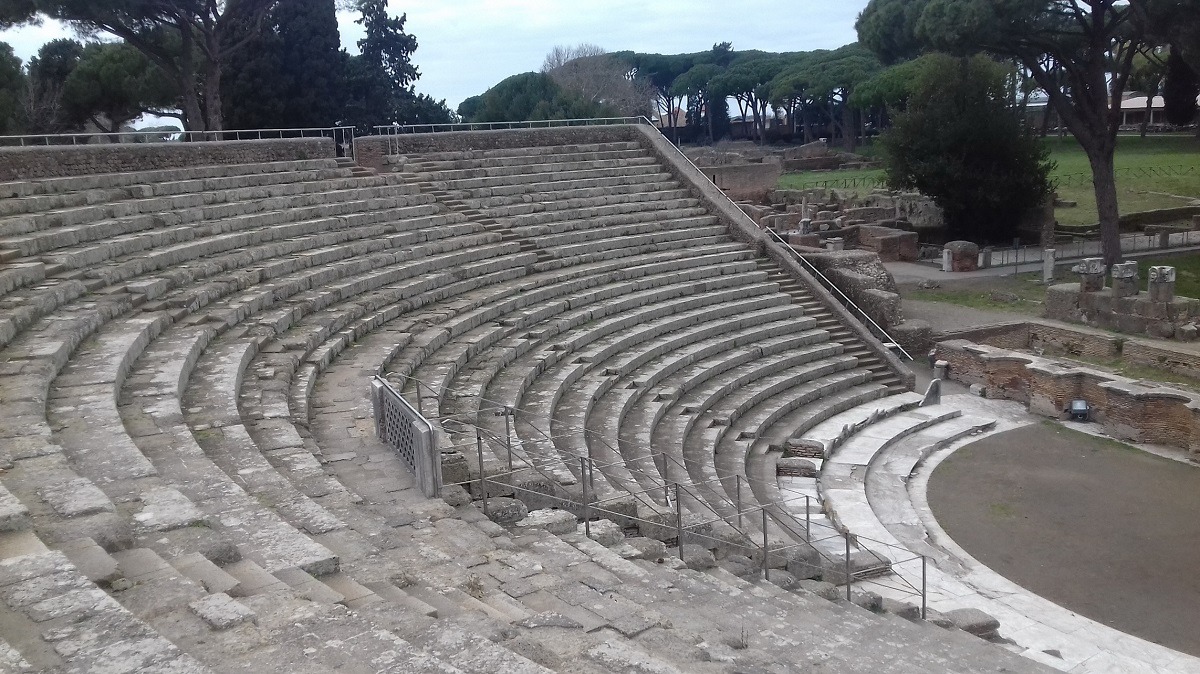
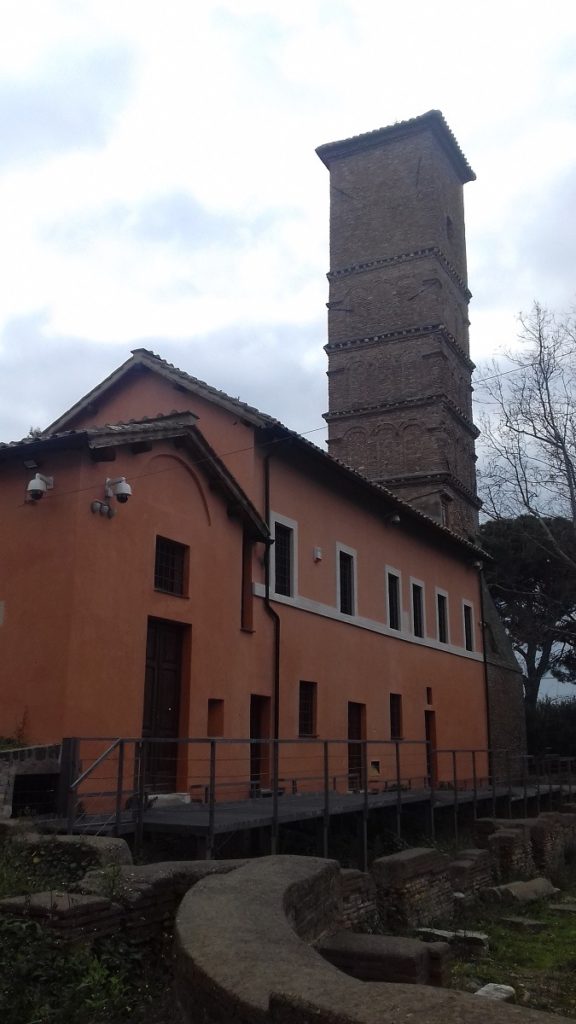
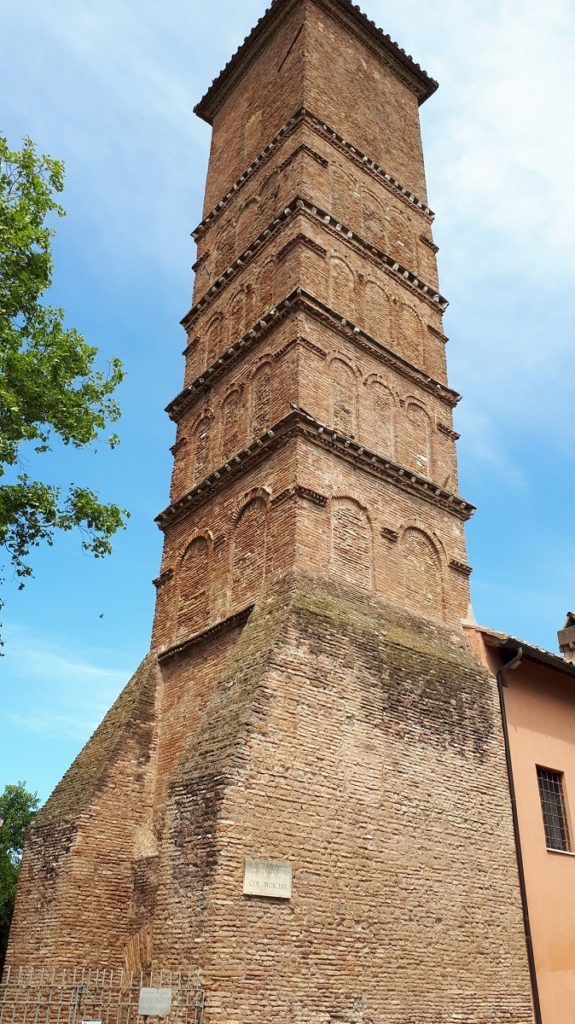
… at the monumental complex of Saint Hippolytus in Isola Sacra – Fiumicino (RM) – The building called Conventino and the Romanesque Bell Tower – Ostia Antica Archeological site
IGeS World is executing surveys on the structures aimed at evaluating the physical and mechanical characteristics of the Conventino Building and Romanesque Bell Tower in the Archaeological Site of Ostia Antica.
… nell’Edificio c.d. Casalone in Via Stefano Antonio MorcelIi – Parco Archeologico di Ostia Antica Roma – Italia
IGeS World has been selected to carry out controls, tests and surveys aimed at studying in depth the static and safety conditions of the building Casalone in Via Stefano Antonio MorcelIi, Rome.
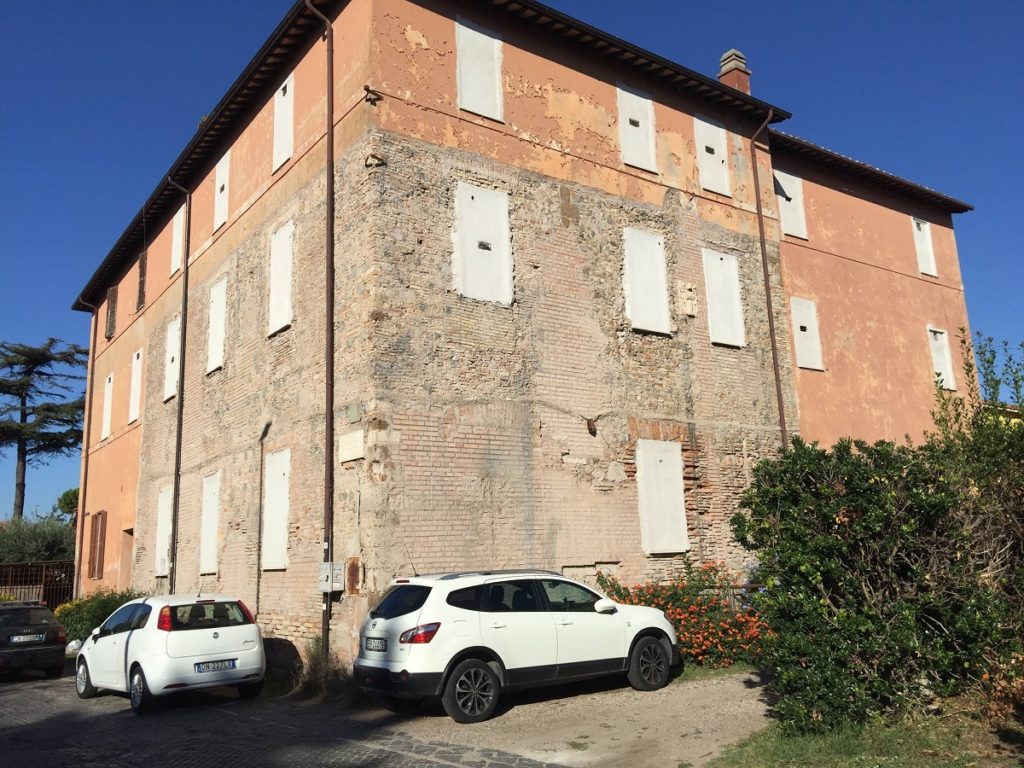
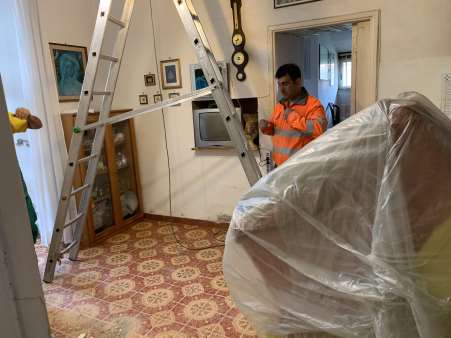
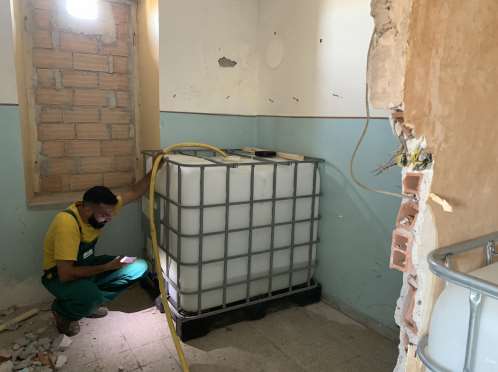
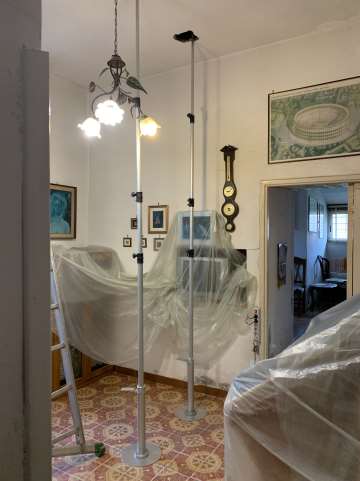
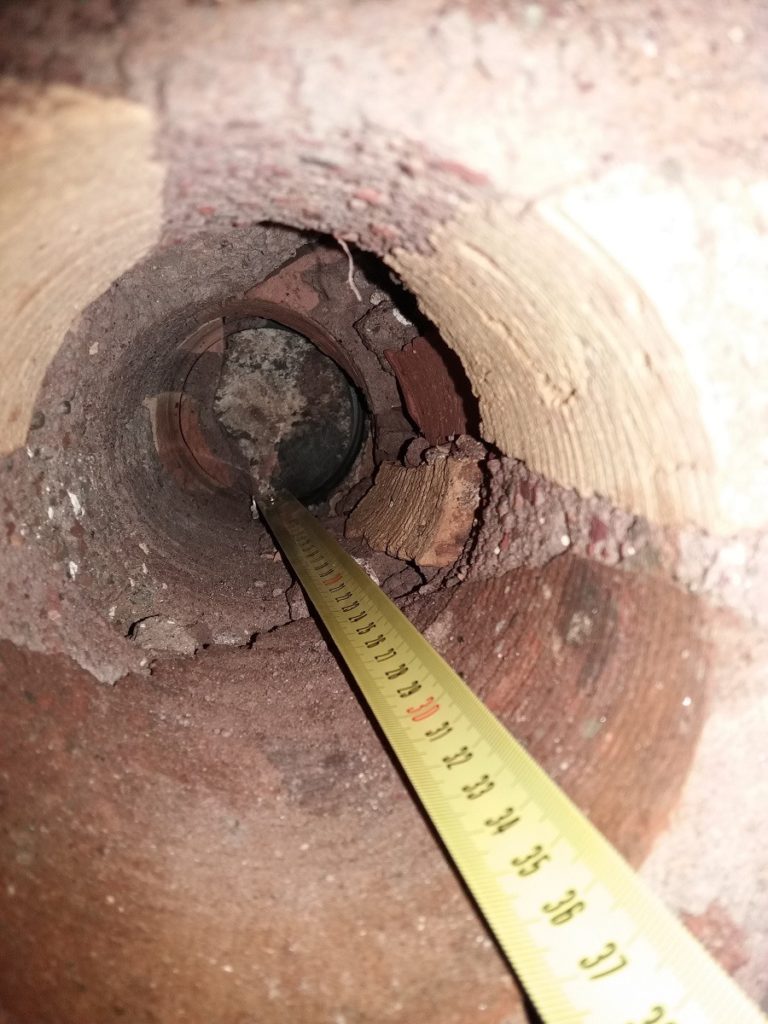
Che sapiamo di Ostia Antica?
What should we know about Ostia Antica?
We know that the ruins in the archaeological site of Ostia antica doesn’t fit into the geographical and territorial context of Roman times, because during that period, the Tiber skirted the northern side of the town, while now it only touches a small part of it. A stretch of the western sector was dragged to the valley by a ruinous and famous flood, in 1557. In fact, the coastline was originally close to the city.
– Ministry of Cultural Heritage and Activities –
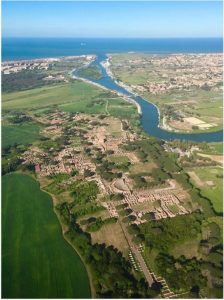
Origins and purpose
Ostia was therefore a sort city – with its own river port – on the sea and the river, which determined its importance over the centuries from a strategic – military and economic point of view. It is said that Ostia was founded at the end of the 7th century. B.C. by Anco Marcio, in order to create this emporium for commercial and military purposes and to ensure the exploitation of coastal salt pans.
In this sense, Ostia became the port of Rome and during the Republic (4th century BC – 1st century AD) developed a military function; then, from the 1st century to the 3rd century AD, it exclusively developed commercial functions, becoming the landing point of the main mercantile routes of the Mediterranean.
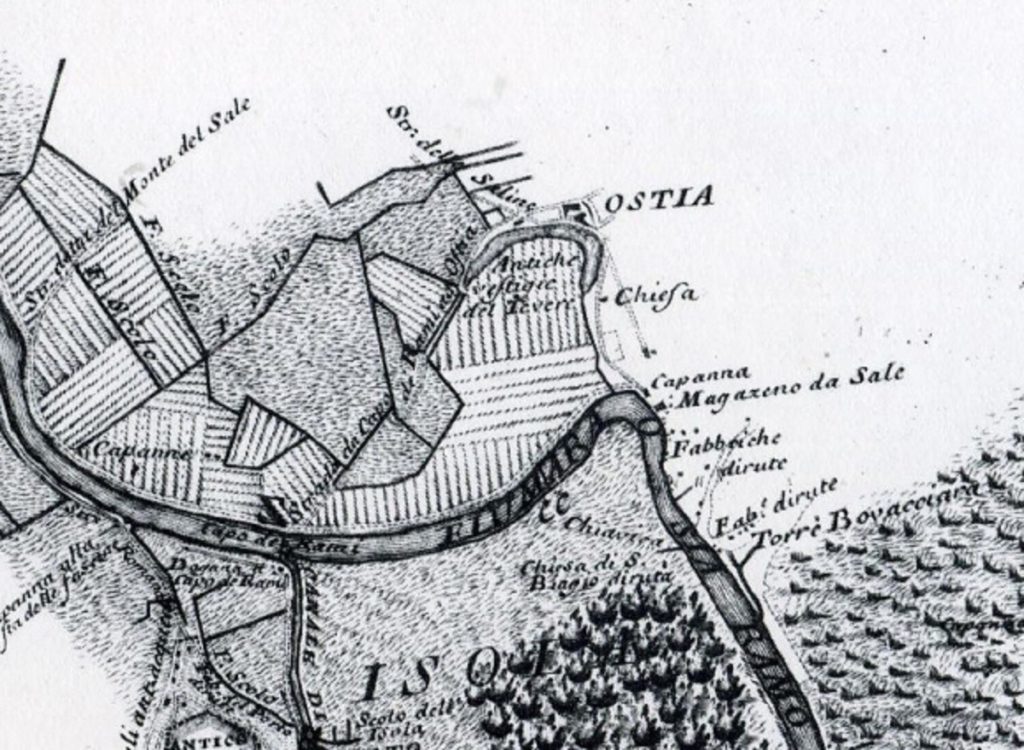
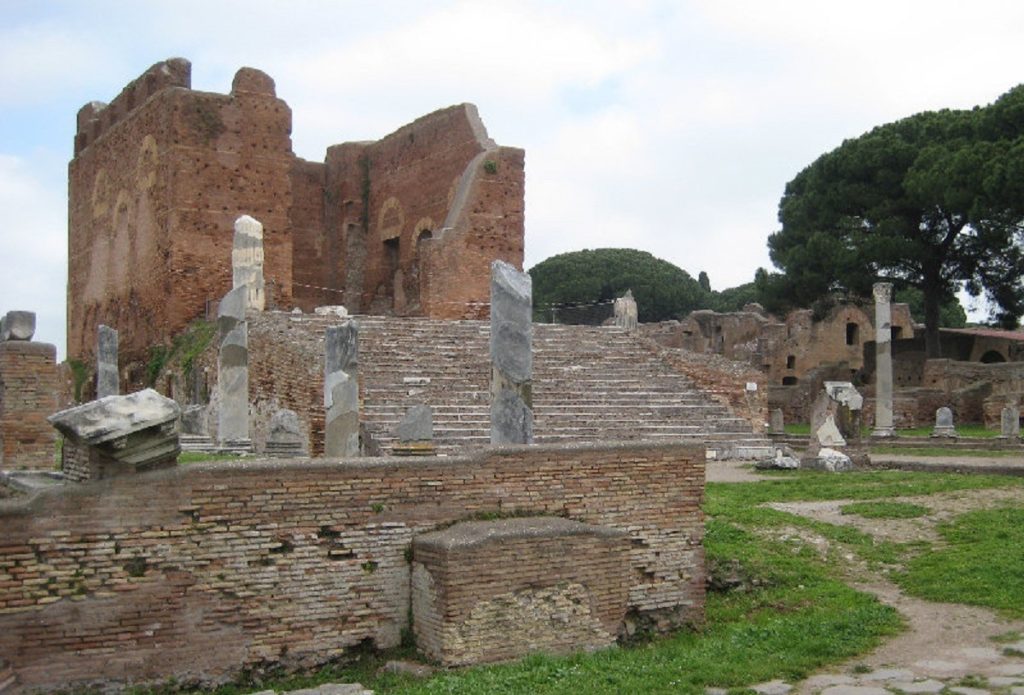
However, it is said that between the 4th and 5th century AD, Ostia followed the gradual depopulation of the town and then was definitively abandoned in the early Middle Ages.
Today, visitors can admire the ruins of the city that extend over an area of 34 hectares, which corresponds to two thirds of the original extension of the town.
The oldest ruins are represented by a Fort (Castrum) in tuff blocks built by the Roman colonists in the second half of the 4th century BC, with exclusively military purposes, to control the mouth of the Tiber and the Lazio coast.
General information given in this page about Ostia Antica Archeological site has been taken form different sources – Portale del Parco Archeologico Di Ostia Antica – Portale del Ministero per i Beni e l’attività culturali – Imagine Ostia Antica full overview by Angelo Coccettini. Portale di Stefano Lesti – La storia archeologica di Ostia Antica – Video from the website Roma Imperio

